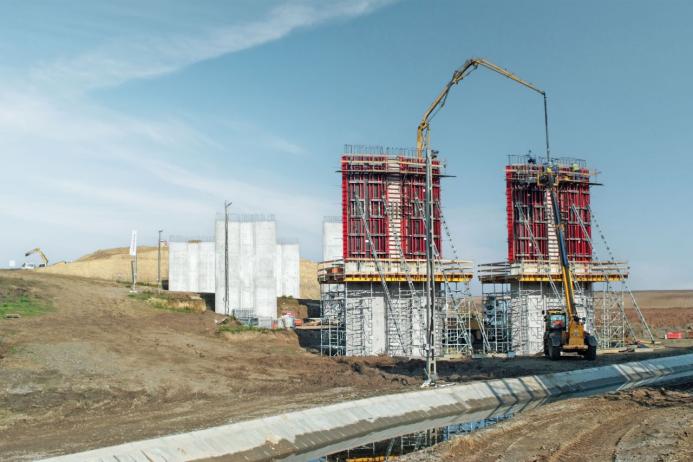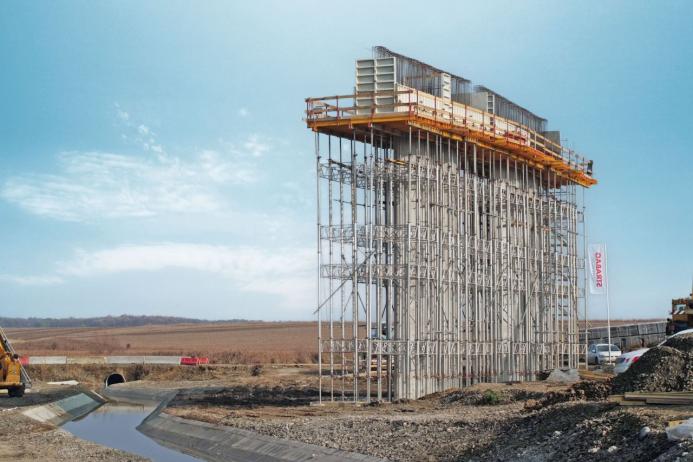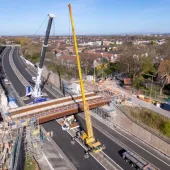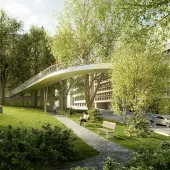MEVA formwork for M6 viaduct project in Hungary
A major infrastructure project in southern Hungary is close to completion, aiming to close the final gap on the M6 motorway. The project involves a critical 20 km section running from Bóly to Ivándárda, including a key viaduct crossing the Majsi River.
The viaduct, constructed by STRABAG Építő Kft., uses MEVA's formwork and shoring systems to overcome the challenges posed by the site. These systems have helped the project stay on track and meet quality standards, ensuring that the M6 motorway will soon provide a direct route between Budapest and Osijek, Croatia, improving access to the Adriatic coast.
One of the most complex elements of the project is the construction of the pier caps, which have a unique 'hammerhead' shape. MEVA's MEP shoring tower system has been critical in supporting these large and complex components, especially given the heights involved. The system's flexibility has allowed the construction team to make precise adjustments, ensuring the caps fit their elliptical design and remain stable.
The project also makes use of modern technology. STRABAG used the 3D design software REVIT for detailed planning, allowing for the smooth setup and accurate positioning of the formwork and shoring towers. This digital approach enabled the team to visualise complex geometries and make real-time updates to the plans, improving efficiency on site.

MEVA's Mammut 350 wall formwork, designed to handle high concrete pressure, combined with the use of 3D planning, has helped streamline construction. The reuse of special formwork panels has kept costs down while maintaining high standards. The project demonstrates how modern engineering and practical construction methods can be effectively combined.
The project is being delivered by the Ministry of Construction and Transport in Hungary, with STRABAG Építő Kft. serving as the contractor. MEVA Zsalurendszerek Zrt., based in Budapest, is providing engineering and support for the formwork systems.
This project highlights how advanced formwork systems and digital design tools are improving construction practices and delivering high-quality infrastructure projects.







